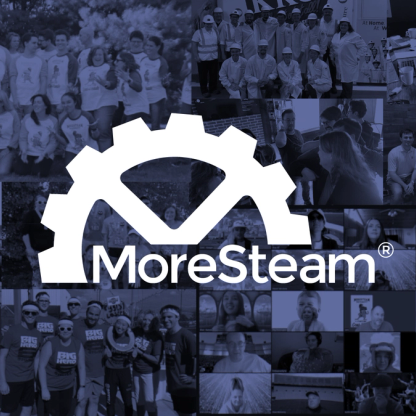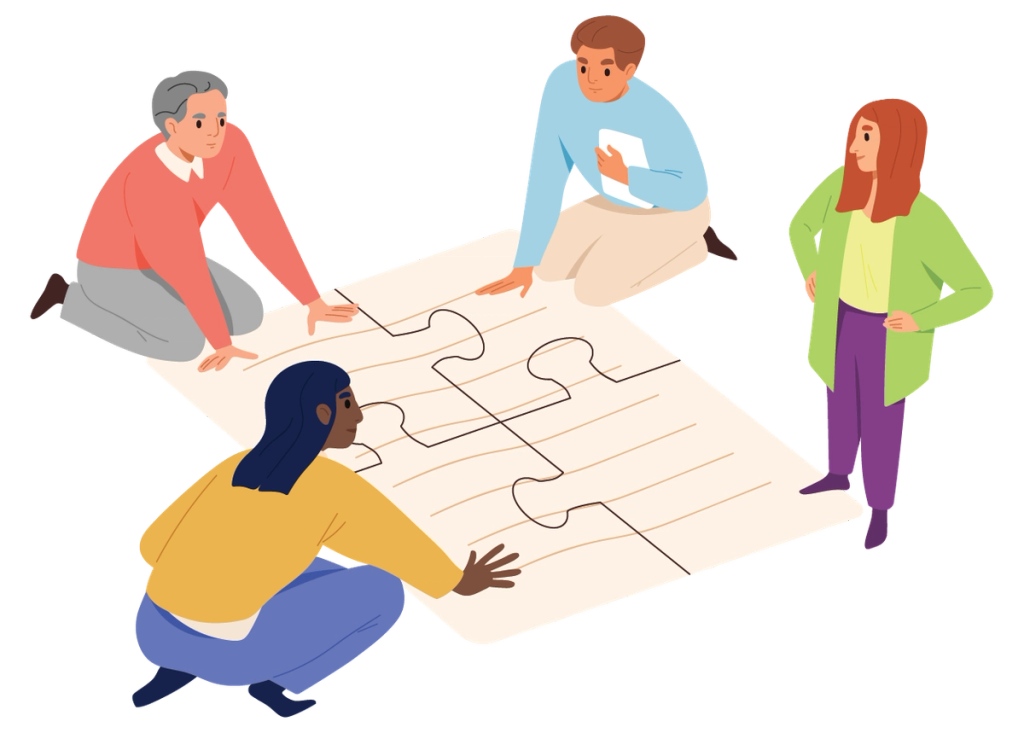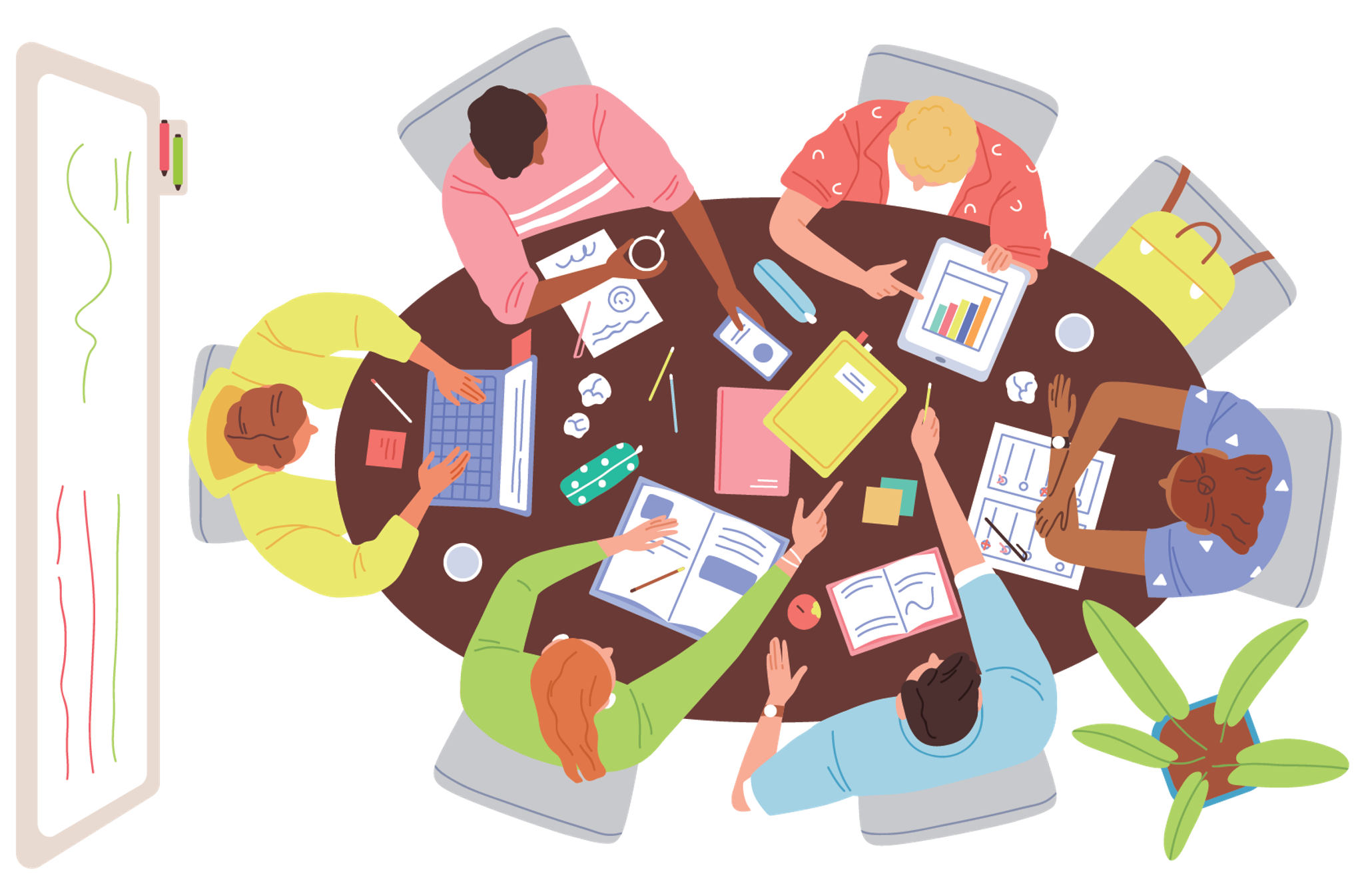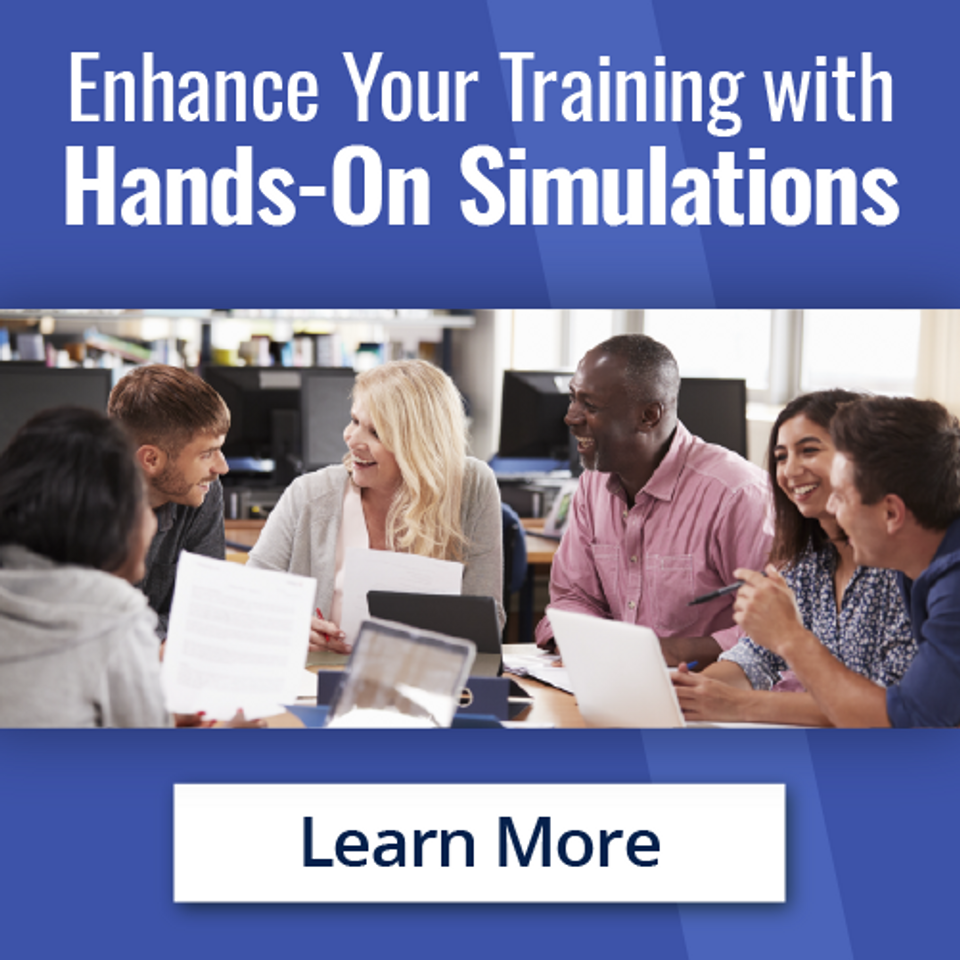
Back to Kindergarten: Why Project-Based Learning Gets Results
April 24, 2024In 2009, The New York Times published an article discussing M.I.T.'s changing approach to offering some of its introductory classes.
The article reported, "After years of debate and research, M.I.T. has replaced a large introductory physics course with smaller classes that emphasize hands-on, interactive learning."
The article suggested that large lecture-based classes were less effective for some subject matters – namely, ones that naturally require more hands-on practice, like physics. Historically, M.I.T. 's introductory physics course had as many as 300 students in a large amphitheater, who took notes as the professor lectured and covered multiple blackboards with mathematical formulas. This resulted in poor attendance and a 10-12 percent failure rate.
So, they decided to replace the introductory physics lecture with smaller classes emphasizing hands-on interactive learning. These classes would consist of smaller groups of students collaborating to run experiments and discuss the results.
The initial results were encouraging, with a higher attendance and a failure rate down to about 4%.
The change was partly prompted by the work of a Harvard physicist named Eric Mazur, who spoke to the N.Y. Times on the subject: "Just as you can't become a marathon runner by watching marathons on T.V." Professor Mazur said, "likewise for science, you have to go through the thought processes of doing science and not just watch your instructor do it."
Learning By Doing
MoreSteam Founder and C.E.O. Bill Hathaway wrote a think-piece about this article when it was originally published in 2009. The title, "Back to Kindergarten," reflects his feelings towards this approach, stating, "Sounds a lot like what I remember of kindergarten – less listening and more doing." In his piece, Bill highlighted the takeaways mentioned above and explained why this approach to learning fuels innovation in process improvement.
"If we look for parallels in the current approach employed by many to teach Lean Six Sigma Black Belts and Green Belts, we see a similar dependence on long lectures – well exceeding the capacity of the students to absorb – and not nearly enough practice," he explained.
"In the real estate business, there is a concept of "highest and best" for a piece of property – in essence, the use which imparts the greatest economic benefit. Thus, a corner property at a busy intersection is best suited for high-volume retailing – like a gas station, convenience store, or restaurant. The high price of a property with good visibility and access dictates that some uses just don't make sense, like a tailor or shoe repair store or even a single-family residence.
We should think about classroom time like the corner lot: too expensive to waste on lectures. Classroom learning should involve groups of people in practice-based and richly interactive activities—its "highest and best use"—as a "student-centric" workshop rather than an "instructor-centric" performance.
Well-designed blended learning models use eLearning for base instruction and practice, then re-characterize the classroom experience as a workshop, based on simulations and other practice-based exercises, while eliminating as much lecture as possible."
Reflections from Today's Lens
It's incredible to reflect on a blog written well over a decade ago and still find the content relevant to today's landscape. The education space has made significant shifts in the last few years alone. With educators adapting to cultural changes like advancements in technology and a global pandemic, to name a few, classrooms now look and operate a lot differently than what many of us remember. A great example of this is how normalized online and blended learning programs have become.
With all of this rapid change, it's more imperative than ever that students remain engaged in their learning. A lot of educators are taking advantage of this change by embracing individualized learning and recognizing that students have diverse learning styles. The traditional approach of memorization and teacher-centered instruction is quickly becoming outdated.
This is why we have not only continued to expand our suite of Lean Six Sigma simulations but prioritized them. Simply put, some subject matters require a lot of practice before it all begins to make sense, and Lean Six Sigma, rooted in the scientific method, is one of them. Simulations are a great way to effectively recreate the complexity and messiness of problem-solving in the real world.
Students and CI professionals can use simulations to apply tools and techniques to reinforce critical thinking and practical application of knowledge. When simulations are integrated into continuous improvement training programs, they provide students a chance to flex their new way of thinking. They can combine and apply the lessons they just learned and collaborate with one another — just like when we were in Kindergarten.
Bill finished his blog with the following anecdote:
"One of our customers, Rolls-Royce, made this transition for Lean Six Sigma Black Belt training a few years ago. It was a challenge for some of the instructors, who were used to following a PowerPoint script and being the center of attention. One of the instructors, Stuart Swalwell, told me: 'This is really hard for me. I was used to knowing exactly what was going to happen. Now, we have groups of students working on exercises independently at their tables, and I've lost the control I used to have. It's chaos, like Kindergarten. But you know what, the students are learning a lot more!'"

CEO • MoreSteam
MoreSteam is the brainchild of Bill Hathaway. Prior to founding MoreSteam in 2000, Bill spent 13 years in manufacturing, quality and operations management. After 10 years at Ford Motor Co., Hathaway then held executive level operations positions with Raytheon at Amana Home Appliances, and with Mansfield Plumbing Products.
Bill earned an undergraduate finance degree from the University of Notre Dame and graduate degree in business finance and operations from Northwestern University's Kellogg Graduate School of Management.

MoreSteam's Enterprise Process Improvement platform includes the tools, training, and software you need to transform your organization, large or small, into a problem-solving powerhouse. Our products are trusted by over half of the Fortune 500 and by other organizations and universities worldwide. When you partner with MoreSteam you gain a team dedicated to helping you succeed.






